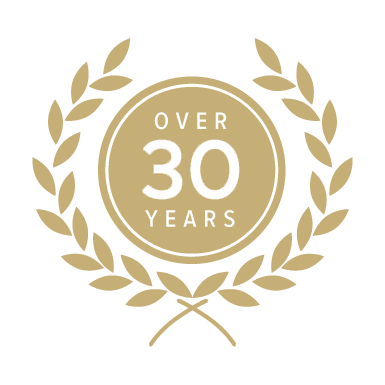The right expert witnesses and consulting experts can make your case. That’s why we have spent so many hours over the past quarter century making sure our clients have just the right expert team — whether one expert or many, early-stage advice or expert reports and testimony. Across over 50,000 expert search assignments, we have honed a unique, customized approach to identifying, analyzing and connecting with expert talent so you can focus on winning your case.
Remote Sensing Expert Witnesses
Remote sensors are increasingly ubiquitous, whether mounted on satellites many miles overhead, in devices around your house or even on your body. Remote sensors give us pictures of large forest fires, track cloud movement to predict the weather, collect information on temperature changes in the ocean, and much more. More locally, the Internet of Things is driven by remote sensors... Remote sensors are embedded nearly everywhere, from your FitBit to your self-driving car. There are two types of Remote Sensing. With active sensing there is a time delay. The emission and return of images is measured by determining the speed, location, and direction of an object. RADAR and LIDAR are examples of active sensing. Passive sensing has the sensors gathering radiation emitted or reflected by a certain object. Reflected sunlight is the most common source of radiation measured by passive sensors. Other examples are film photography, infrared, and radiometers. Our expert witnesses, speakers, and consultants on remote sensing are professionals from various industries and professions including but not limited to climate change, ecology, environmental, land use, modeling, programming, toxicology, water, and wireless communication. They have published extensively in their areas of expertise and have successfully testified for both the plaintiff and defense.
Here are a few of our favorite Remote Sensing Expert Witnesses:
GET STARTED FINDING THE RIGHT EXPERT WITNESS
Spend your time working with your experts, not searching for them! We're here to de-stress the process of having a great expert witness team so that it’s easy to have the right experts every time. We'll conduct a quick but thorough search and deliver a roster of top candidates for you to review. There's no charge for the custom search — you pay only the hourly rate if you retain one of our experts.
Or call 202-908-4500 or email us.
Remote Sensing Workshops
A few of the courses and workshops led by our Remote Sensing experts:
- Hyperspectral Imaging for Astronomy, Remote Sensing & Medicine
- Surveillance
- Technology Overlap between Astronomy, Remote Sensing and Medicine: A New Fertile Ground

